Oil Seal Failure Checklist
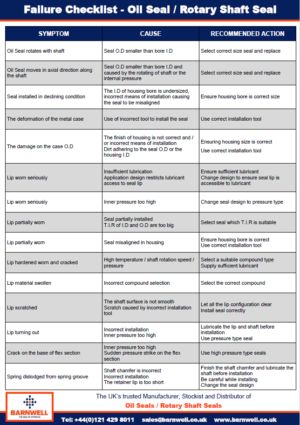
A guide to why your Oil Seal / Rotary Shaft Seal may fail The below Oil Seal Failure Checklist provides information about seals leakage to those involved in the application and maintenance of Rotary Shaft Seals. Identifying and correcting the cause of leakage will assist the trouble-free, efficient and extended operation. There are two parts an Oil Seal / Rotary […]
Read MoreSemiconductor Manufacturing Process
Semiconductor Manufacturing Process Overview: Plasma, Thermal & Wet Processes Synergistic process technologies that have some of the most demanding environments for elastomer materials are etch, ash/strip, deposition, thermal and plasma processing. They are frequently confronted throughout the manufacture of: MEMS Flat Panel Displays (FPD) LED/OLED HBLED Solar Cells (Concentrator, Multi-Crystalline, Crystalline) Logic and memory Photovoltaic cells Optoelectronics Power devices Semiconductor […]
Read MorePlasma Process
Semiconductor Manufacturing – Plasma Process The plasma process is one of the most hostile for elastomers, especially those vulnerable to chemicals and/or close to the substrate or the wafer. The most hostile plasma processes for elastomers include oxygen resist strip and radical based plasmas (such as remote NF3) and chamber cleans using remote plasma sources (RPS). Every seal, especially one […]
Read MoreWhat is Rubber Shrinkage?
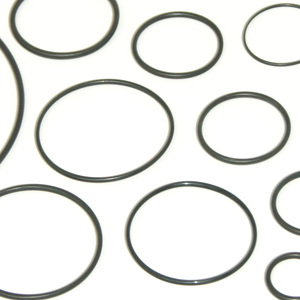
What you need to know about Rubber Shrinkage The calculation of O Ring squeeze is one of the main elements to take into consideration when designing a seal for a particular application. This is because the amount of O Ring by the media can have an impact on the design, material selection, and other important features. O Ring Squeeze – […]
Read MoreWhat is the difference between Teflon and PTFE?
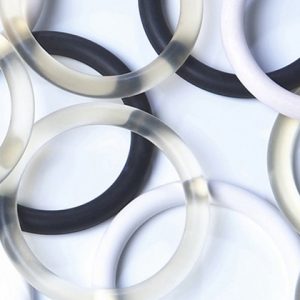
Teflon™ vs PTFE The sealing industry is full of trade names, technical phrases, and acronyms, which makes it hard to know what is what. In this learning journal, we will explain what Teflon™ and PTFE are, and also the differences. PTFE – what is it? PTFE is a carbon and fluorine synthetic polymer – Polytetrafluoroethylene. It is obtained from Tetrafluoroethylene […]
Read MoreProfile Seal DIN3869 Advantages & Features
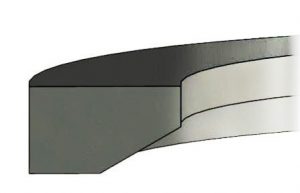
Everything you need to know about Profile Seals DIN3869 Axially static soft seals combined with threaded elements are generally called Profile Seals (DIN3869 Seals or Fluid Connector Seals). They are often used as an alternative to an O Ring/Back-up Ring combination. How do they provide effective sealing? Profile Ring’s purpose is to stop the medium from leakage, at the same […]
Read MoreImportance of O Ring Lubrication
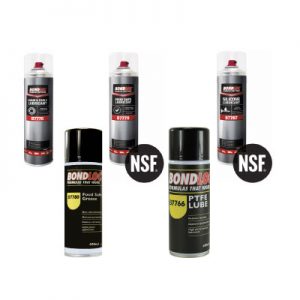
Why is O Ring lubrication important? Why lubricate? All kinds of lubrication, including oils, greases, water and air are used to reduce wear by minimising heating and friction of moving elements. Any substance that accomplishes this, can be called a lubricant. Types of lubricants Lubricants help reduce friction in the application. These lubricants can be: Semi-Permanent Lubricant Coatings There are […]
Read MoreBondloc Special Offers

Limited Time Bondloc Special Offers! VALID FROM: Tuesday 5th March TO: Friday 26th April From Tuesday 5th March we will have fantastic prices on quality Bondloc products, but be quick – Limited Stock. View the flyer here. Bondloc Products on offer include: B243 Threadlock – SAVE 50% MS58 Water Resistant Sealant – SAVE 8% B496 Cyanoacrylate Adhesive – SAVE 50% B3295 Structural […]
Read MoreFeatures of Mechanical Seals
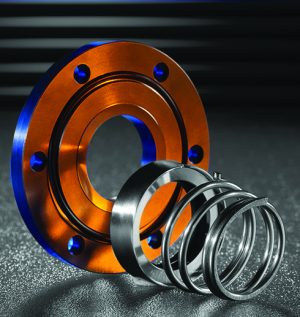
Features of a Proper Mechanical Seal Features of Mechanical Seals – Mechanical seals come in an extensive number of structures. Particular designs vary in the method they are operated, the selection of subsidiary seals, and the positioning of the springs. Each mechanical seal has been designed to suit some standards in regards to installation, value, fit simplicity, and ability to […]
Read MoreTypes of Hydraulic Seals

Hydraulic Seals Types Hydraulic and Pneumatic Seals are moulded according to working temperature, cylinder speed, cylinder operating pressure, working application, and medium. They are usually non-metallic, quite soft rings placed in a housing, or arranged in a mixture of rings creating a sealing unit. This is to separate or block liquid in applications that involve reciprocating motion. Hydraulic seals are […]
Read More